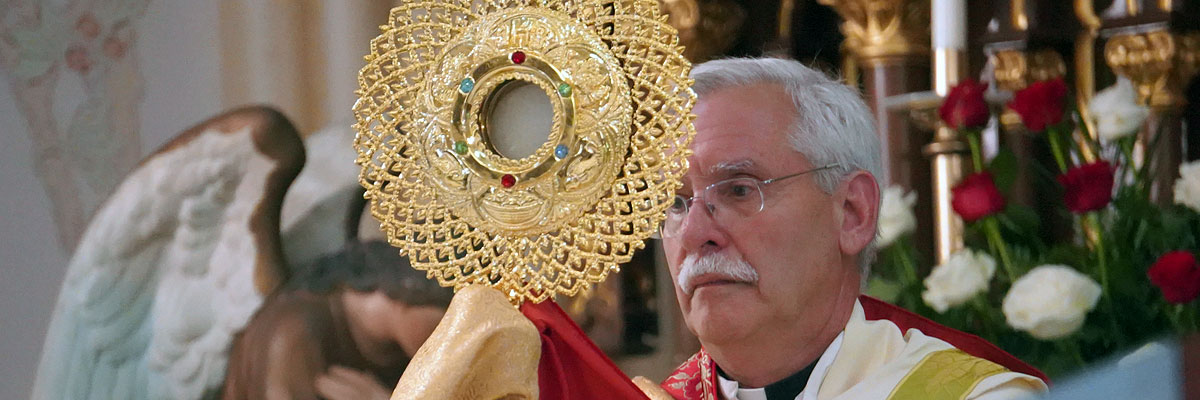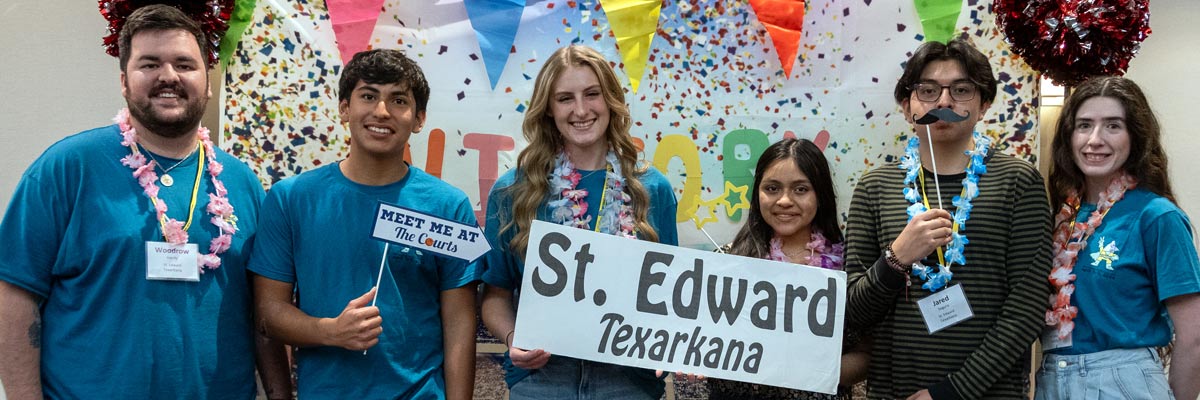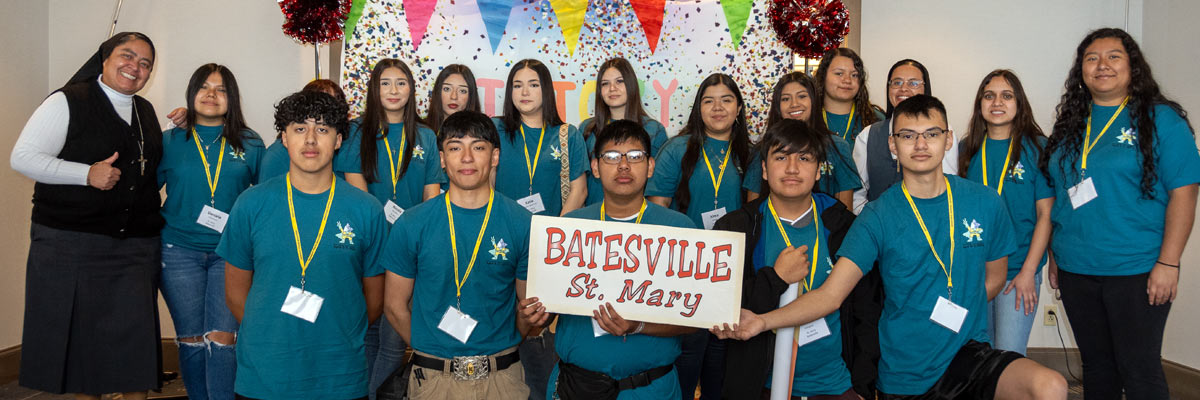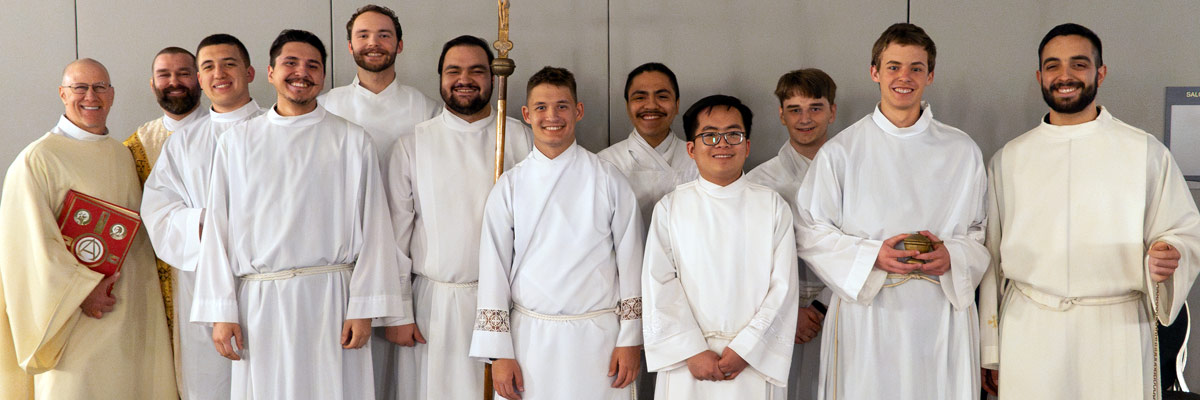Official Website of the
Catholic Diocese of Little Rock
Holy Thursday Mass of the Lord's Supper 2017
Published: April 13, 2017
Bishop Anthony B. Taylor preached the following homily at the Cathedral of St. Andrew in Little Rock on Thursday, April 13, 2017.

Bishop Taylor
Today begins the sacred Triduum, the three holiest days of the year, our high holy days, so to speak: Holy Thursday, Good Friday and Easter Sunday. The days when evil did its worst, but Jesus rose victorious and now offers us a share in his victory.
You and I are accustomed to calling the first of these three days Holy Thursday, but it also has an older name that some of you may remember from the past: Maundy Thursday. The word, “maundy,” comes from the Latin “mandatum” and means “commandment” or “mandate” — in this case referring to Jesus’ commandment to “love one another.”
And the footwashing that we have in today’s Gospel and will re-enact during this Mass not only symbolizes this love and service, it — along with the other events at the Last Supper recorded in today’s second reading — also sets the stage for all that follows on Good Friday and Easter Sunday.
You and I are accustomed to calling the first of these three days Holy Thursday, but it also has an older name that some of you may remember from the past: Maundy Thursday. The word, “maundy,” comes from the Latin “mandatum” and means “commandment” or “mandate” — in this case referring to Jesus’ commandment to “love one another.”
In other words, the Eucharist and the priesthood instituted at the Last Supper are not only about Jesus’ real and enduring presence, body and blood, soul and divinity. They are also about the love and service with which Jesus gives himself to us, and as a consequence of which we are now commanded — mandatum — to pour ourselves out for others. Let’s look at this a little more closely.
Eucharist — In Paul’s first letter to the Corinthians and in the synoptic Gospels, we have the account of Jesus offering us his real body and blood under the sign of bread and wine following his prayer of blessing or consecration during the Passover meal that was his Last Supper with his disciples.
He applied all that was said of the Passover lamb to himself. Meanwhile Jesus proclaims the following in the Bread of Life Discourse in John chapter 6: “The bread that I will give is my flesh for the life of the world ... for my flesh is true food and my blood is true drink. Whoever eats my flesh and drinks my blood remains in me and I in him.”
Hence Jesus’ real presence, his real body and blood offered to us in the unbloody sacrifice of the Eucharist.
Priesthood — Of course to offer a sacrifice you have to have a priest. So in addition to instituting the Eucharist, Jesus also institutes the priesthood, saying to the Apostles: “Do this in memory of me.”
The opportunity to receive Jesus’ body and blood offered in sacrifice for our salvation was not to be a one-time event at the Last Supper. Jesus now appoints his Apostles to continue to make him present for future believers in the Eucharist offered in his memory.
That is why in every Mass we have the Scripture readings and the eucharistic prayer, in which we refresh our memory, recalling Jesus’ teachings and actions, and especially all that he did at the Last Supper and on Good Friday and Easter Sunday.
Footwashing — On the other hand, footwashing is unlike the Eucharist and priesthood because it has to do with a mandate rather than a sacrament. And the mandate is not about washing feet per se, but rather a command that we undertake acts of humble, selfless service as symbolized by the washing of feet.
Our Gospel says of Jesus: “He loved his own in the world and he loved them to the end,” which he modeled by washing their feet and then saying: “I have given you a model to follow, so that as I have done for you, so you also should do.”
On Holy Thursday all this comes together and then at the end of this Mass, just as Jesus leaves the Last Supper headed for his Agony in the Garden of Gesthsemane, we will transfer the Blessed Sacrament to the chapel of reposition for a time of adoration, keeping vigil with the Lord at the very time when his Apostles were having a hard time staying awake.
And at the same time that the betrayer — identified as Judas in today’s Gospel — sets in motion the events that will lead to Jesus’ arrest and execution.









